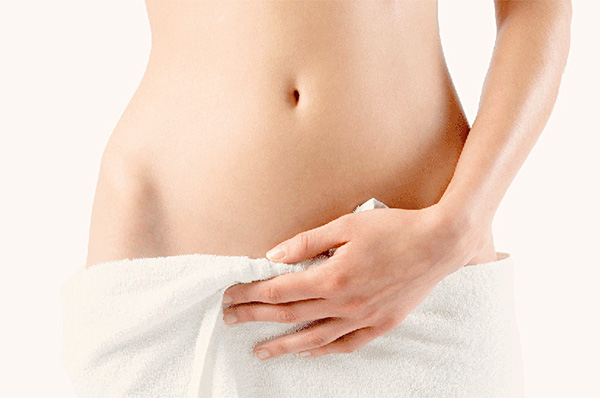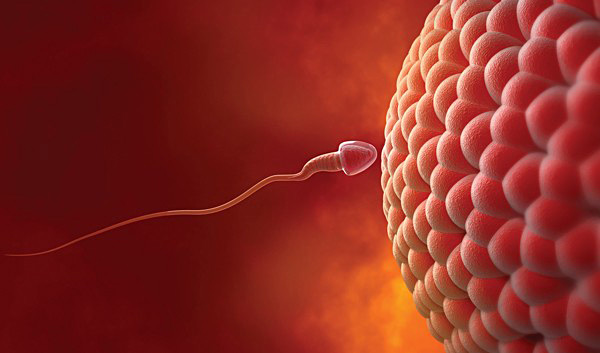When using a natural method of family planning, you have to pay attention to the signs sent by your body during ovulation. Your body undergo specific changes as you get closer to ovulation period and change again when ovulation ends. Once you learn the signs of ovulation, you’ll be able to create your own fertility chart to know what are the fertile periods.
Ovulation is the focus of your fertility cycle. Body changes enough during this period, becoming easy to see when you get close to the period favorable for procreation.
Can you predict ovulation?
Learn to read the signs of ovulation in your body so you will be able to identify the day when ovulation is most likely to occur. As the days of menstrual cycle ends, your hormone levels change. Changes occur as you approach ovulation, during ovulation and after. You probably already know of the existence of the ovulation tests. It works just like pregnancy tests – just another hormone testing. These tests look for the hormonal changes that occur in your body around ovulation. But it gives accurate results? Well, yes!
Here we reveal some secrets that you probably never knew and with which you can detect the most fertile period.
When your hormone’s change, your body changes too. Hormones give body observable changes. You may use these changes to know if you are ovulating or not. Here are the most significant changes in your body that indicate you’re in the fertile period.
How long is your menstrual cycle?
The menstrual cycle is the basic principle that should start when you want to know which is the most fertile period for you. In most women, the period between ovulation and menstruation lasts between 13 and 15 days.
Watching your menstrual cycle for several months, you should succeed to estimate the most fertile period. Although the cycle itself is not a very thorough way to learn when ovulation occurs, it is an important starting point and can be used in combination with other methods.
Cervical mucus
Cervical mucus is one of the best signs of ovulation. Checking cervical mucus after a daily program is an ideal method to predict ovulation.
As you approach ovulation, the cervical mucus will change. In the beginning and towards the end of your fertility cycle, it is likely that the cervical mucus is missing. Once you get closer to ovulation, your body will release more and more mucus, reaching its maximum peak during the best ovulation day. Not only the amount is changing, but also the consistency of the cervical mucus, making it more slippery, like white egg.
The cervix
The cervix is the part of the female reproductive system that separates the uterus from the vagina, and its position is another positive sign of ovulation. At the beginning of the menstrual cycle, the cervix is firm and almost closed. Once you get closer to ovulating, your cervix will become softer, it will open and will rise slightly.
You have to do an internal check to determine the position and consistency of the cervix.
Basal body temperature
Your basal body temperature will rise and will remain so after ovulation.
While cervical mucus and cervix will change before ovulation, basal body temperature only increases after ovulation. Increasing levels of progesterone in the body leads to increasing basal temperature, however, this is not a noticeable amount at all, it is an average of 0.2 degrees celsius.
Checking your basal body temperature daily, you will notice these small variations so you can detect ovulation. Also, body temperature helps you estimate the date. It is important to take your temperature in the morning, right after you wake up, before you even get up from bed.
Among the signs of “secondary” ovulation, libido is another indicator that many women experience. In the fertile period, many women feel more attractive and at the same time more attracted to their partner, an natural event, given the fact that this correlation is to help you become a mother.
Some women experience abdominal cramping just before ovulation. They tend to take place in one part of the abdomen and can last from several minutes to several hours. Breast tenderness can be a sign of the fertile period.
It will be helpful if you note all the changes your body goes through during the cycle – virtually every woman is different, so it depends on your body.



